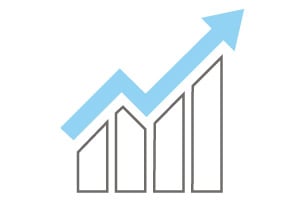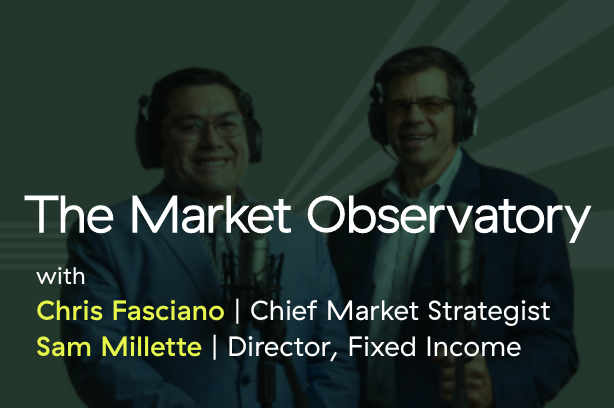As we wait for the jobs report on Friday, there is a lot of worry. Signs of a slowing economy are pointing toward a recession this year. Consumer spending dropped two straight months at the end of last year, and business confidence is down to recessionary territory. The Fed is still looking to substantially weaken the labor market, in search of lower inflation. All of the signs are that the jobs market will weaken significantly.














